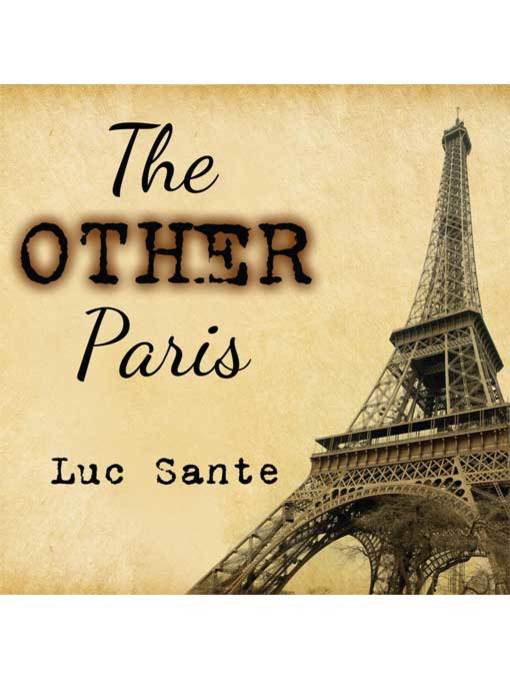
The Other Paris
کتاب های مرتبط
- اطلاعات
- نقد و بررسی
- دیدگاه کاربران
نقد و بررسی

Paris has always had a dark underside, the details of which are unveiled by author Luc Sante in this historic account of the down-and-out facets of the City of Light. Narrating his own work, Sante provides clear diction, a comfortably relaxed pace, and emphasis where appropriate. The Belgian-born Sante's skilled pronunciation of French places and names is an asset for the audiobook edition. Replete with little-known details and historic facts, the work is quite interesting, though the listener may also wish to seek out a print copy of the book to augment the audio experience with the more than 300 images that appear in the book. S.E.G. © AudioFile 2015, Portland, Maine

August 10, 2015
This vivid and thorough compendium describes the history of the Paris neighborhoods historically occupied by the poor, the dirty, and other undesirables. Focusing primarily on the 19th and 20th centuries, Sante zigzags through the arrondissements, touring the history of the hospitals, bordellos, cafes, and drinking establishments of the poor. He takes readers into the noisy arcades, past the guillotine, and by the cour des miracles, a cluster of dilapidated houses beyond the reach of the law. Nearly every page includes beautiful old photos, drawings, and accompanying images in the margins that help tell the story of the often unmentioned side of Paris. In a chapter on insurgents, Sante recounts the story of an anarchist named Ravachol, who planted two bombs (that killed no one) in March 1982 but was so feared that he was blamed for a long list of unsolved crimes and then publicly executed. Sante, a flaneur, does not want to glamorize the past but rather gives readers an intense “reminder of what life was like” when cities were wild and savage and survival was uncertain. The sheer volume and variety of the obscure stories gathered here make this eclectic history a rambunctious and wholly entertaining guide to Paris and an educational experience worth savoring. 377 illus.

January 1, 2016
In his first book, 1991's Low Life, Sante explores New York City's brutal past. Here he uses the idea of the flaneur, a stroller who is familiar with a cityscape by walking along its sidewalks, to walk the listener through the past of the City of Light. Sante believes that the old Paris, with rich and poor inhabitants sharing space intimately, was preferable to the current separation. Spending time with and sharing examples from authors, leaders, artists, and luminaries from throughout the history of Paris is quite interesting, but Sante's style can be confusing for those not familiar with Paris's layout and districts. Sante narrates his own work admirably, moving between English and occasional French with ease. VERDICT The print book, which includes many images and illustrations, will be a better purchase. This title will have limited appeal for most listeners; however, fans of everything Paris will find it interesting. ["A fascinating stroll through a vanished, wild past": LJ 8/15 review of the Farrar hc.]--Jason L. Steagall, Gateway Technical Coll. Lib., Elkhorn, WI
Copyright 2016 Library Journal, LLC Used with permission.

























دیدگاه کاربران